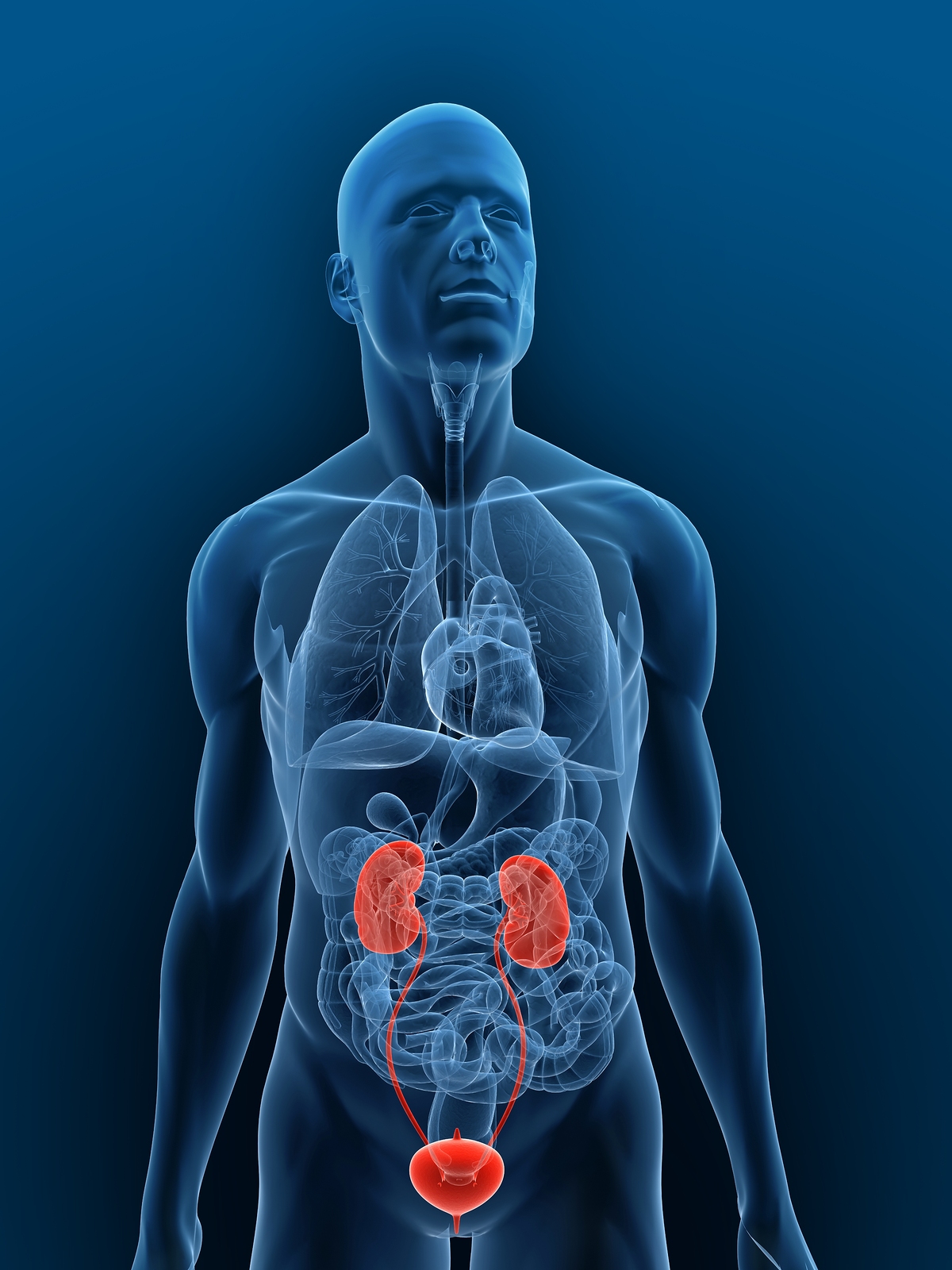A study just published in the Journal of the American Society of Nephrology has attempted to answer if there is a correlation between obesity and chronic kidney disease (CKD). The study was conducted in England, Scotland, and Wales and involved 4,584 people. The study looked at body mass index (BMI) measurements for the participants at the age of 20 and 26 years, then36, 43, and 53 years and finally at 60-64 years. The research showed that people who first become obese at the ages of 26 and 36 years of age had nearly double the chances of developing CKD compared to people who maintained a normal weight. Overall obesity was shown to increase the changes of chronic kidney disease by 40%. [1]
has attempted to answer if there is a correlation between obesity and chronic kidney disease (CKD). The study was conducted in England, Scotland, and Wales and involved 4,584 people. The study looked at body mass index (BMI) measurements for the participants at the age of 20 and 26 years, then36, 43, and 53 years and finally at 60-64 years. The research showed that people who first become obese at the ages of 26 and 36 years of age had nearly double the chances of developing CKD compared to people who maintained a normal weight. Overall obesity was shown to increase the changes of chronic kidney disease by 40%. [1]
The Centers for Disease Control issued the following statistics:
· Sixty-one percent of overweight 5- to 10-year-olds already have at least one risk factor for heart disease, and 26% have two or more risk factors.
· Type 2 diabetes – once believed to affect only adults – is now being diagnosed among young people.
· Between 1980 and 2000, obesity rates doubled among adults. About 60 million adults, or 30% of the adult population, are now obese.
· Similarly since 1980, overweight rates have doubled among children and tripled among adolescents – increasing the number of years they are exposed to the health risks of obesity.
· Among children and adolescents, annual hospital costs related to overweight and obesity more than tripled over the past two decades – rising to $127 million during 1997–1999 (in 2001 constant U.S. dollars), up from $35 million during 1979–1981. [2]
Prevalence of overweight among children and adolescents ages 2-19 years
|
Age (years)1 |
|
|
|
|
|
|
|
|
2-5 |
– |
5% |
5% |
7.2% |
10.3% |
10.6% |
13.9% |
|
6-11 |
4.2% |
4% |
6.5% |
11.3% |
15.1% |
16.3% |
18.8% |
|
12-19 |
4.6% |
6.1% |
5% |
10.5% |
14.8% |
16.7% |
17.4% |
· 1Excludes pregnant women starting with 1971-74. Pregnancy status not available for 1963-65 and 1966-70.
2Data for 1963-65 are for children 6-11 years of age; data for 1966-70 are for adolescents 12-17 years of age, not 12-19 years.
Source: Center for Disease Control and Prevention, NHANES
The researchers stated the following;” In a large, population-based, prospective study, we found overweight beginning early in adulthood (by ages 26 or 36 years) to be strongly associated with reduced renal function at age 60–64 years.” Another significant finding was waist to hip ratio affected kidney function. People who are apple shaped had the highest rates of CKD. This was an important finding as well because many athletes may not have a BMI that corresponds with their age and height but their BMI is usually high because of muscle mass and not fat. The BMI in the subjects studied was due to the opposite of this. A second important finding in the study was, “an estimate that 36% of CKD cases at age 60–64 years in the current United States population could be avoided if nobody became overweight until at least age 60–64 years.” This is also important for doctors and health care providers to recognize because being overweight is a poor indicator for long term health care in people of all ages under 60. A huge emphasis needs to be placed on keeping people in shape before the age of 40 as this could have a major impact in reducing health care cost, improving patient’s health and improving quality of life for all patients. The key conclusion from the study was that being overweight in early adulthood is strongly associated with reduced kidney function in later life.[3]
[1] Silverwood, Richard J., Pierce, Mary, Thomas, Claudia, Hardy, Rebecca, Ferro, Charles, Sattar, Naved, Whincup, Peter, Savage, Caroline, Kuh, Diana, Nitsch, Dorthea. Association Between Younger Age When First Overweight and Increased Risk for CKD. Journal of the American Society of Nephrology. April 4, 2013. ASN.2012070675. http://jasn.asnjournals.org/content/early/2013/04/02/ASN.2012070675.full
[2] Centers for Disease Control, Facts About Obesity in the United States. http://www.cdc.gov/pdf/facts_about_obesity_in_the_united_states.pdf
[3] Ibid

